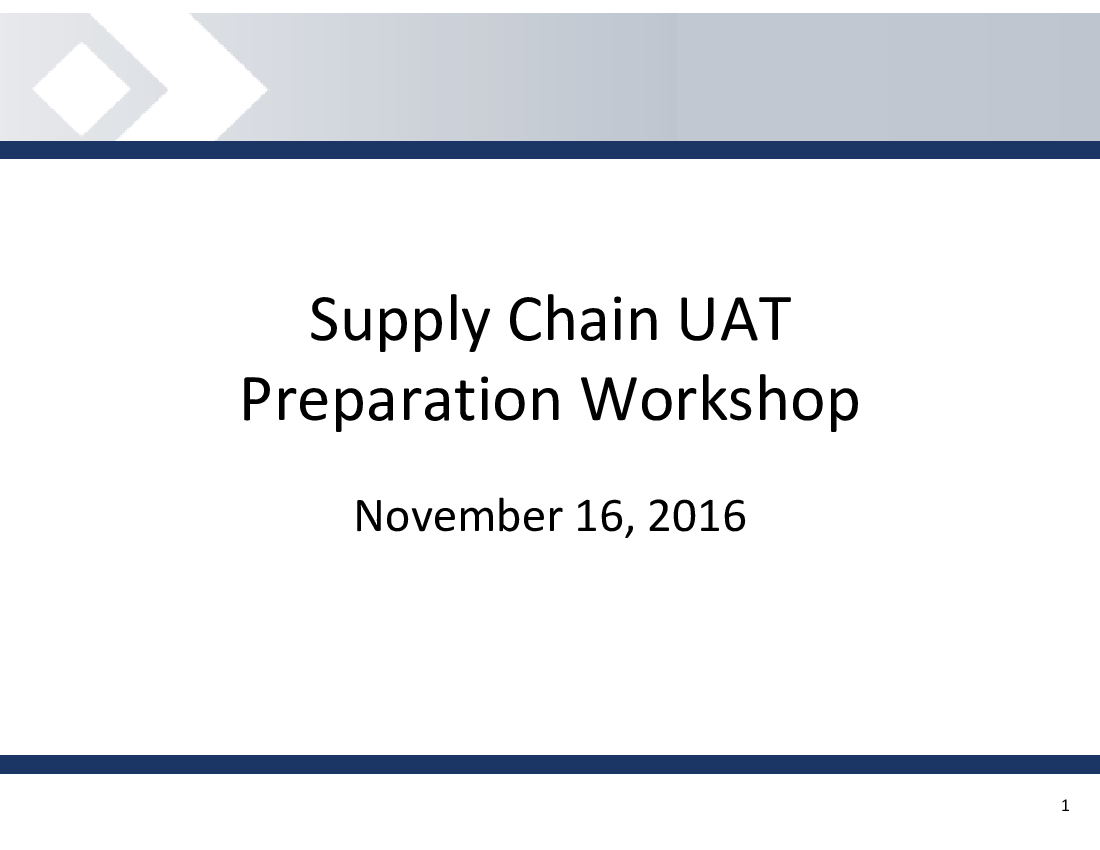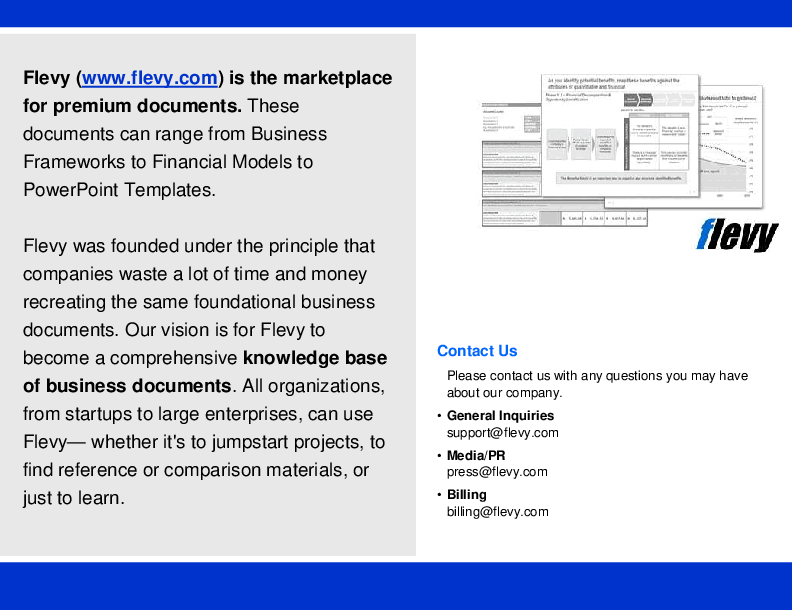Supply Chain UAT Preparation (PowerPoint PPTX Slide Deck)
PowerPoint (PPTX) 19 Slides
BENEFITS OF THIS POWERPOINT DOCUMENT
- Provides a framework for building a UAT Prep scheduled for IT projects
SUPPLY CHAIN ANALYSIS PPT DESCRIPTION
What Is User Acceptance Testing?
We know what testing is, acceptance means approval or agreement. The user in the context of a software product is either the consumer of the software or the person who requested it to be built for him/her (client).
So, following my rule ? the definition will be:
User Acceptance Testing (UAT), also known as beta or end-user testing, is defined as testing the software by the user or client to determine whether it can be accepted or not. This is the final testing performed once the functional, system and regression testing are completed.
The main purpose of this testing is to validate the software against the business requirements. This validation is carried out by the end-users who are familiar with the business requirements.
UAT, alpha and beta testing are different types of acceptance testing.
As the user acceptance test is the last testing that is carried out before the software goes live, obviously this is the last chance for the customer to test the software and measure if it is fit for the purpose.
When Is It Performed?
This is typically the last step before the product goes live or before the delivery of the product is accepted. This is performed after the product itself is thoroughly tested (i.e after system testing).
Got a question about the product? Email us at support@flevy.com or ask the author directly by using the "Ask the Author a Question" form. If you cannot view the preview above this document description, go here to view the large preview instead.
Source: Best Practices in Supply Chain Analysis, IT Testing PowerPoint Slides: Supply Chain UAT Preparation PowerPoint (PPTX) Presentation Slide Deck, Gafford Consulting


